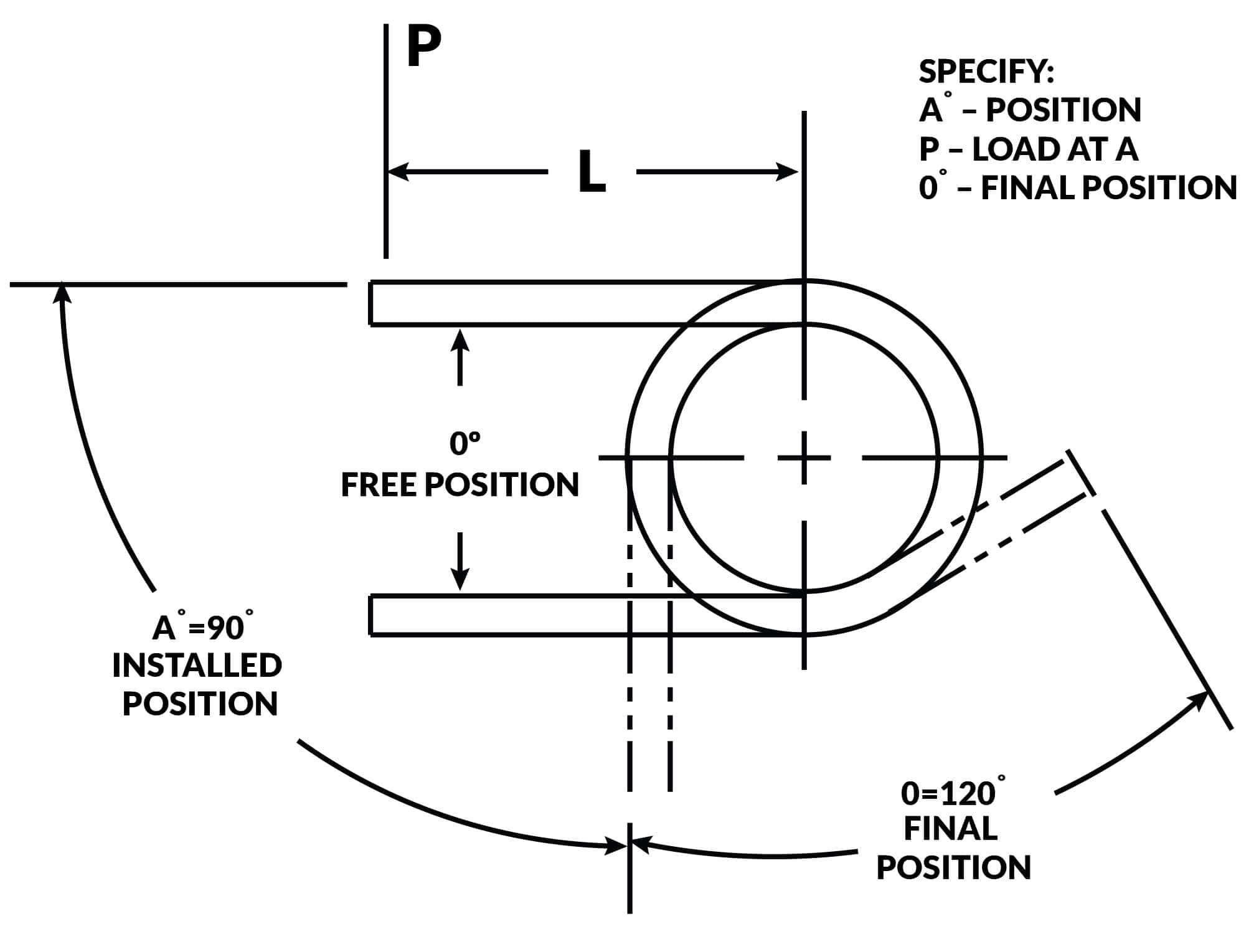Get unique, complex parts easily. No matter your requirements, Chaoyi Spring creates hard-to-produce coil springs and wire forms.
Let us help you create the custom wire form you need, from S-hooks and J-hooks to utility hooks and more.
We work closely with customers across a wide range of industries, helping them design and manufacture made-to-order parts.
Why choose Chaoyi Spring? We prioritize customer-focused collaboration, modern equipment and the latest technology to make your parts per print.
Find the information and guidance you need, from measuring a spring to learning about materials, placing an order and much more.
Ah, the spring compression tool! It's a bit of a mechanical marvel, isn't it? This handy tool isn't just for professional mechanics or engineers. It's something every DIY enthusiast should


Ah, the spring compression tool! It's a bit of a mechanical marvel, isn't it? This handy tool isn't just for professional mechanics or engineers. It's something every DIY enthusiast should have in their arsenal. But why? What makes a spring compression tool so awesome? Let's dive into the world of springs and find out!

Springs, those coiled wonders, are everywhere! From your car's suspension to the clicky pen on your desk, they're essential for adding flexibility and restoring forces to countless objects. But sometimes, you need to compress these springs to install or repair components. That's where a spring compression tool comes in handy.
Imagine trying to replace a shock absorber on your car. You'll need to compress the spring to get it off and put the new one on. Without a spring compression tool, this job is dangerous, and frankly, impossible! The spring, when released, could seriously injure you. This tool keeps the spring under control, making the job safe and efficient.
Spring compression tools come in various shapes and sizes, each designed for specific applications. Some are simple, while others are quite sophisticated. Here's a look at some common types:
1. C-Clamp Type: These are basic tools, perfect for smaller springs. They use a C-shaped clamp to compress the spring. They're affordable and easy to use, making them a good choice for beginners.
2. Telescoping Type: These tools have a telescopic design, allowing them to compress springs of varying lengths. They often come with adjustable jaws for different spring diameters. They're a bit more versatile than C-clamp tools.
3. Hydraulic Type: For heavy-duty applications, hydraulic spring compression tools are the go-to option. They use hydraulic pressure to compress springs safely and efficiently. These tools are perfect for tasks involving large, strong springs, such as those found in car suspension systems.
Selecting the right tool for the job is crucial. If you choose a tool that's too small, it won't be able to handle the spring safely. A tool that's too large might be awkward and difficult to use. Here's a guide to help you make the right choice:
1. Spring Size: Consider the diameter, length, and spring rate (how stiff the spring is). The tool should be able to safely compress the spring without binding or slipping.
2. Application: What are you using the tool for? Some tools are specifically designed for certain applications, like car repairs, while others are more versatile.
3. Safety: Safety should be your top priority. Choose a tool that meets industry safety standards and has appropriate safety features.
There are many reasons why using a spring compression tool is a wise decision:
1. Safety: The primary benefit! These tools allow you to compress springs safely, reducing the risk of injury from a sudden spring release.
2. Efficiency: A spring compression tool makes the job much faster and easier. You don't have to struggle with the spring manually.
3. Precision: Some tools have adjustable jaws, allowing you to compress the spring to a precise length, ensuring a proper fit.
Here are some helpful tips for using a spring compression tool effectively and safely:
1. Read the Instructions: Always familiarize yourself with the tool's operating manual before using it. It will provide specific instructions for safe and proper usage.
2. Inspect the Tool: Before using the tool, make sure it's in good working condition. Check for any damage or wear and tear.
3. Use Safety Gear: Wear safety glasses and gloves when using the tool to protect yourself from potential injuries.
4. Gradual Compression: Compress the spring slowly and gradually. Don't force it, as this could damage the tool or the spring itself.
5. Secure the Spring: Ensure the spring is properly secured in the tool before releasing the compression mechanism. If the spring is not properly secured, it could spring loose and cause injury.
A spring compression tool is a vital piece of equipment for anyone working with springs, whether you're a professional mechanic or a DIY enthusiast. They provide safety, efficiency, and precision, making your spring-related tasks a breeze. Remember to choose the right tool for the job and always prioritize safety! So, next time you encounter a spring that needs compressing, don't hesitate to grab your trusty spring compression tool!
That wraps up our exploration of spring compression tools. From basic C-clamps to advanced hydraulic tools, the world of spring compression is full of possibilities. Now that you understand the basics, you're ready to take on those springy projects with confidence. Just remember: always prioritize safety and choose the right tool for the job! Happy spring compressing!
Browse some of the custom wire forms and springs that we manufacture. Don’t see what you need? We specialize in made-to-order products that meet your application requirements.
Visit Our GalleryNeed a custom wire form or coil spring? We make it work. Fill out the contact form and a representative will respond within 1 business day. If you have a PDF or CAD file, you can submit to request a quote.